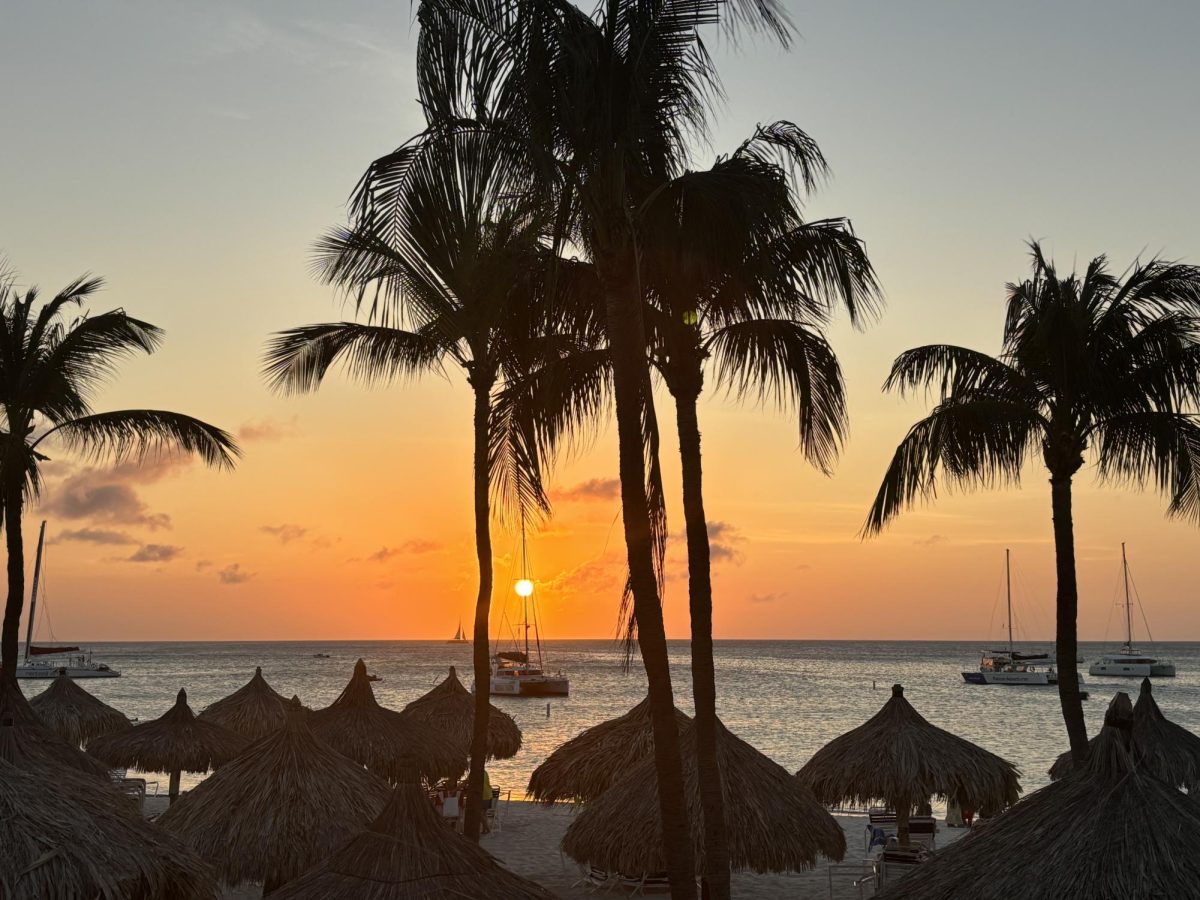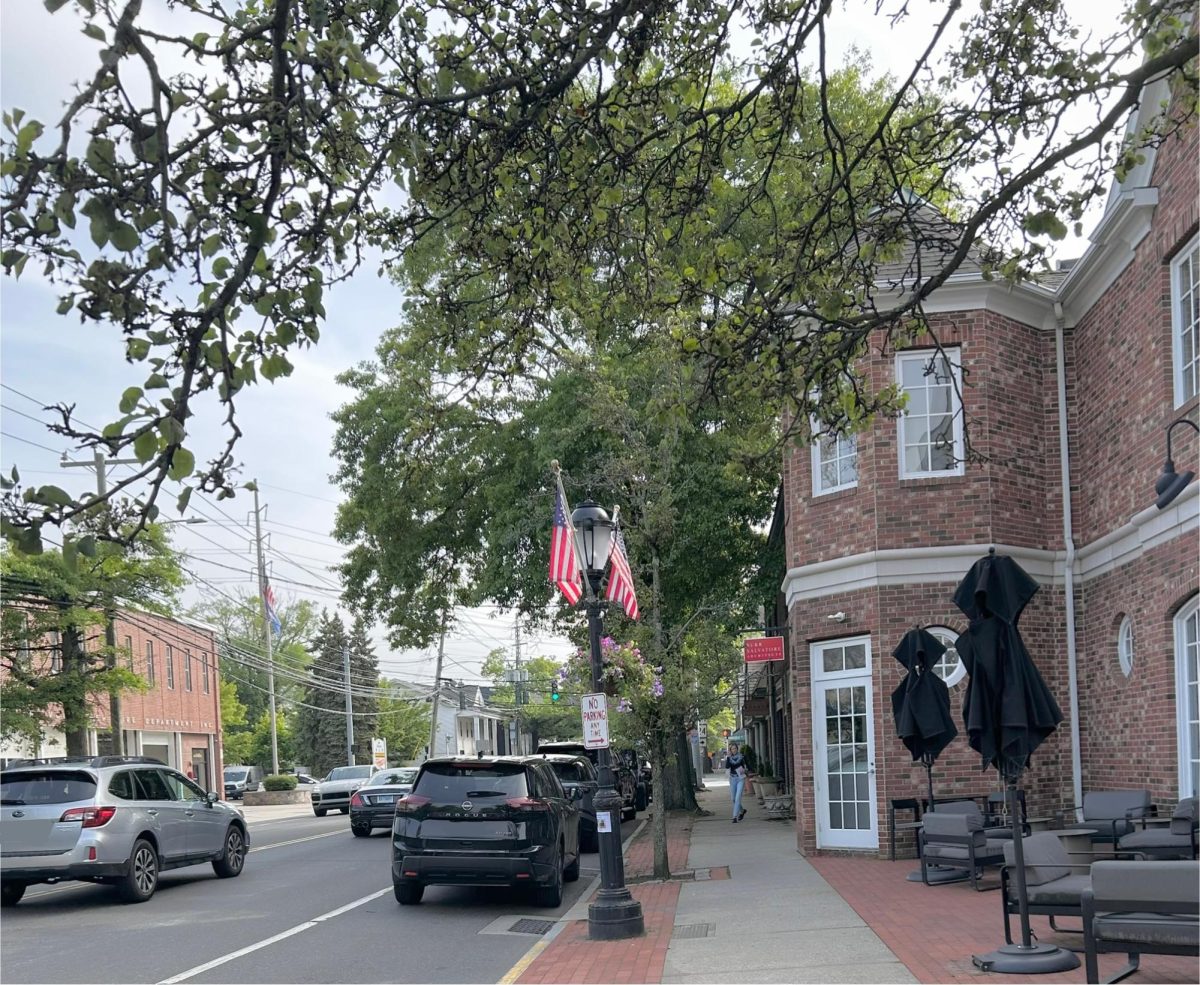Marine parks and aquariums: what they don’t want you to know
AND why you should avoid them at all costs.
June 14, 2022
An orca glides past in the cool water at SeaWorld. Kids look at the animal in wonder, as they are staring at the largest dolphin in the world. They would never get this opportunity at any other place in the United States. But the dolphins dorsal fin droops, and is basically fallen over. The animal looks bored, and continuously swims in a circle. Looking around, it becomes clear that these animals are trapped, and that their needs aren’t met. Marine parks and aquariums harm and even kill endangered animals for entertainment purposes.
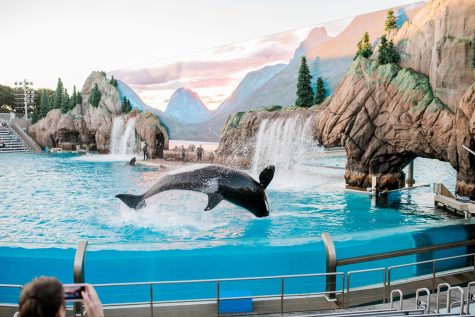
Marine parks such as Marineland and SeaWorld have played a large part in the deaths of hundreds of animals. SeaWorld lies about the lifespan of the orca whales. Orcas live to maybe about forty in the wild. However, in the SeaWorld shows, the trainers say that the lifespans are shorter than that. This brainwashes people into thinking that it is okay and natural for orcas to die when they do in SeaWorld. SeaWorld also no longer let trainers in the tank with the orcas, after several deaths and serious injuries occurred. One could think that this is a positive, that maybe this is an attempt to treat these animals with more respect. However, this was only an attempt to make sure that the trainers are safe.
If SeaWorld has cared about the well-being of its orcas, then they would not still be forced to perform. According to the website SeaWorld of Hurt, “More than 40 orcas have died at SeaWorld parks”. Also in SeaWorld, people still have the ability to ride on a dolphin. The eager guests grab onto the dolphin’s fin, and they are forced to drag people across the pool. The only reason that this is allowed to occur is because a dolphin hasn’t killed anyone at SeaWorld. SeaWorld no longer allows the orcas to be ridden because they could harm trainers, but has no problems with doing the same thing to their dolphins. According to PETA, in Marineland, mass graves have been found containing the decaying bodies of orcas, deer, bears, and dolphins. The water quality is terrible as well. There was an incident in Marineland where dolphins were kept in the same small tank for almost a year without the employees ever changing the water. They only changed it when the dolphin’s skin started to fall off in chunks, because by that time they were no longer perfect enough for show. These parks only keep the animals alive enough to perform, and they only protect their trainers, and sometimes they don’t even do that.
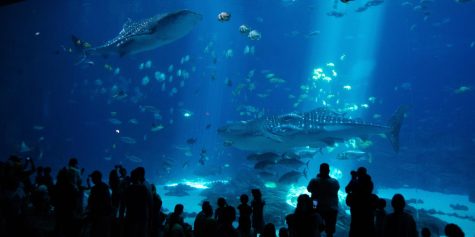
However, it’s not only marine parks that should be worried about. The Georgia Aquarium, in Atlanta, has whale sharks that were flown in from Taiwan. It is the only place outside of Asia that keeps these sharks (which are the largest fish in the world.) They first took the whale sharks when they were younger (easy to transport) and then moved them into the aquarium’s massive six million gallon tank. The tank also houses sea turtles, rays, and also other sharks.
The Georgia Aquarium currently has two while sharks in their tank. Two whale sharks have died prematurely due to the lack of proper conditions. The aquarium even claimed that they played a large part in the death of these whale sharks. According to MarineBio, regarding one of the sharks, the aquarium “theorized” that a “chemical it no longer uses in the tank to treat parasites might have contributed to his loss of appetite and health problems.” These animals were taken to the aquarium in 2006 and 2007, and did not live nearly as long as they would in the wild. These years are much more recent than SeaWorld, but it is overlooked because it is an aquarium that claims to be for educational purposes.
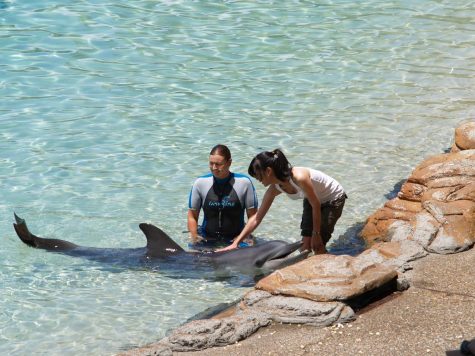
Both of these places (aquariums and marine parks) do not look after the physical or mental health of their animals. There is one orca left in captivity in Canada, out of the “2,360 cetaceans in captivity worldwide”, according to the website Change for Animals. Marineland, which is located in Ontario, has had several incidents that involved the suffering and even death of the animals. Orcas live with other orcas in the wild, and each “family” has their own way of communicating with the others.
Kiska the orca doesn’t have even one other orca left. She has had several tank mates and has had five calves, but she has outlived all of them. She is left in her small tank with dirty, unfiltered water. She also has to deal with all of the noise from the people that visit Marineland, along with the lights. And this is not unique to just Marineland either; animals at the aquarium deal with much of the same thing. The only difference between the two locations is that one is used more for entertainment purposes, and the other is used more for “education.” Both of these excuses mask the true purpose of these facilities: profit. They also cannot replicate the complex and diverse nature of the animals’ habitats. While they both claim that they help to save species with rehabilitation programs, however they capture and even kill more animals then they release.
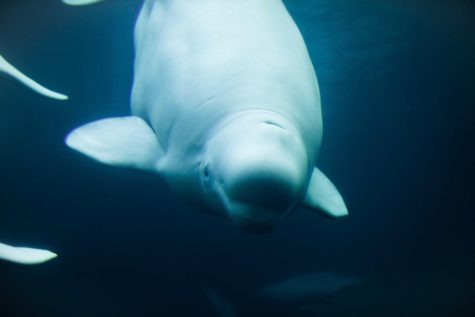
Marine parks and aquariums harm the mental and physical health of these animals. Parks like SeaWorld and Marineland do not even try to mask the damage that they do to these animals; just putting them in concrete tanks with nothing else in them. At the very least, aquariums do seem to provide an environment closer to the animals original. However, it is possible that those decorations are just for show, and do little for the animals. Even if the place looks nice and clean, it could still be hiding something. It is best to avoid these places altogether. If you want to see these animals, try going on a whale watch or find a rehabilitation center near you!
Read about some other cute animals that visited DHS!


